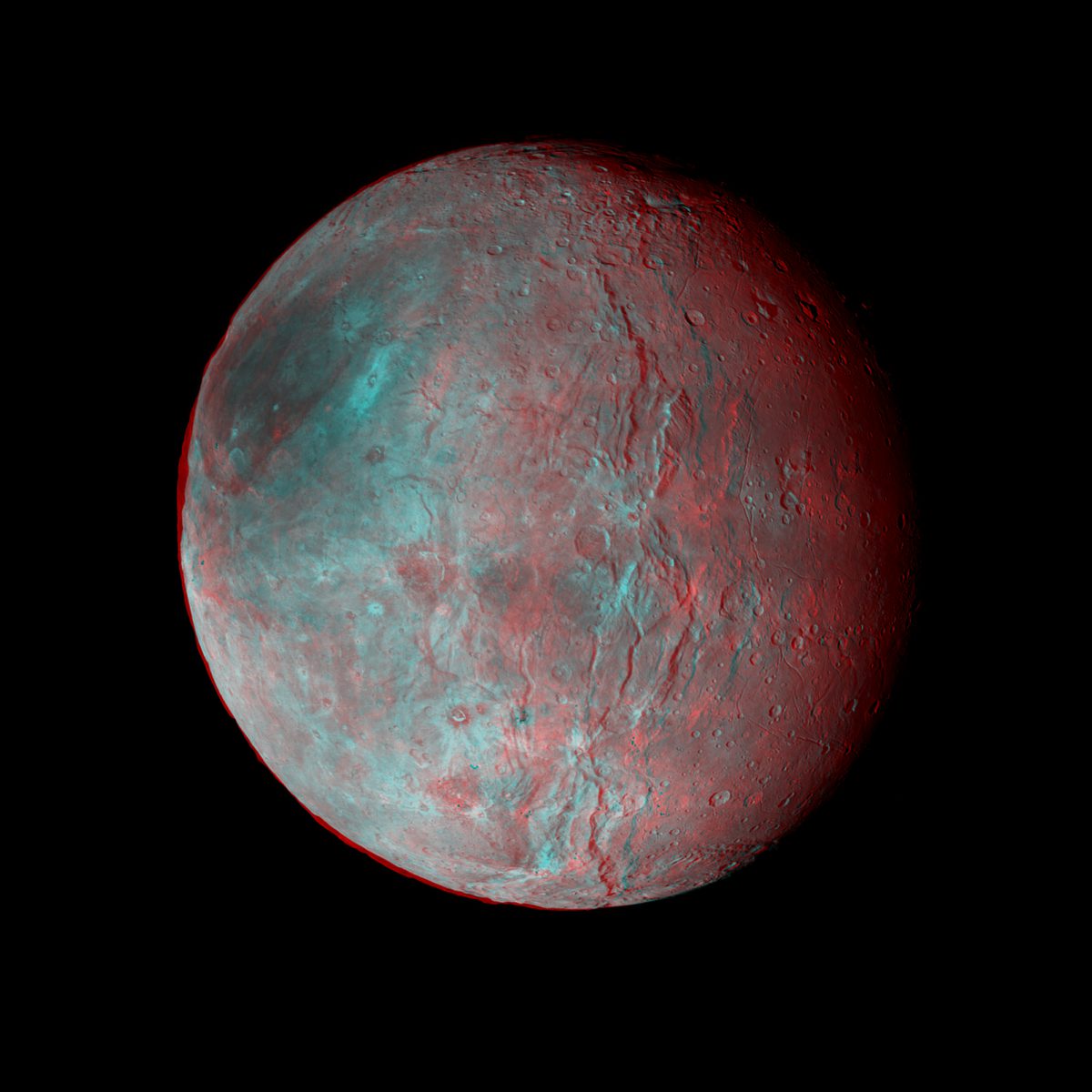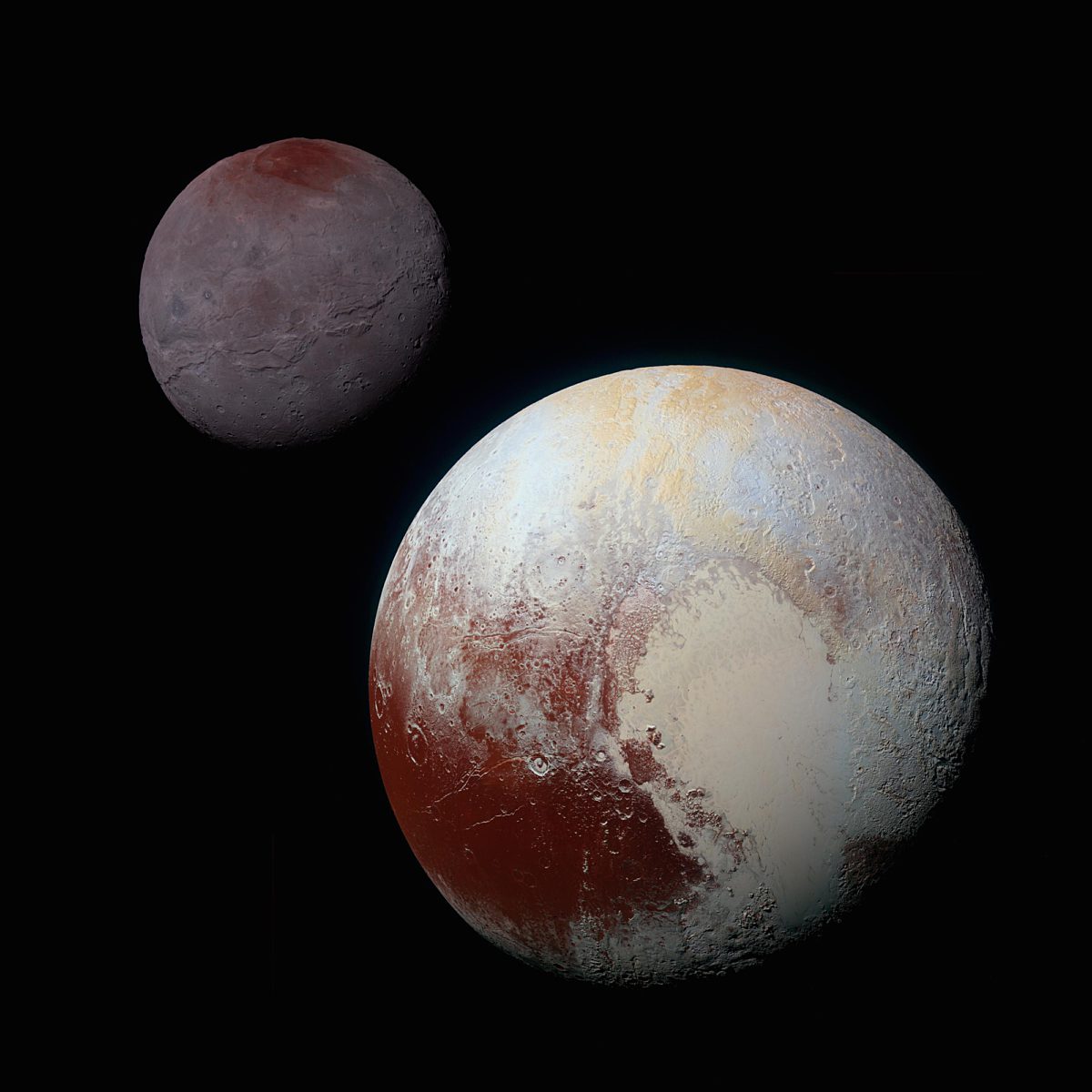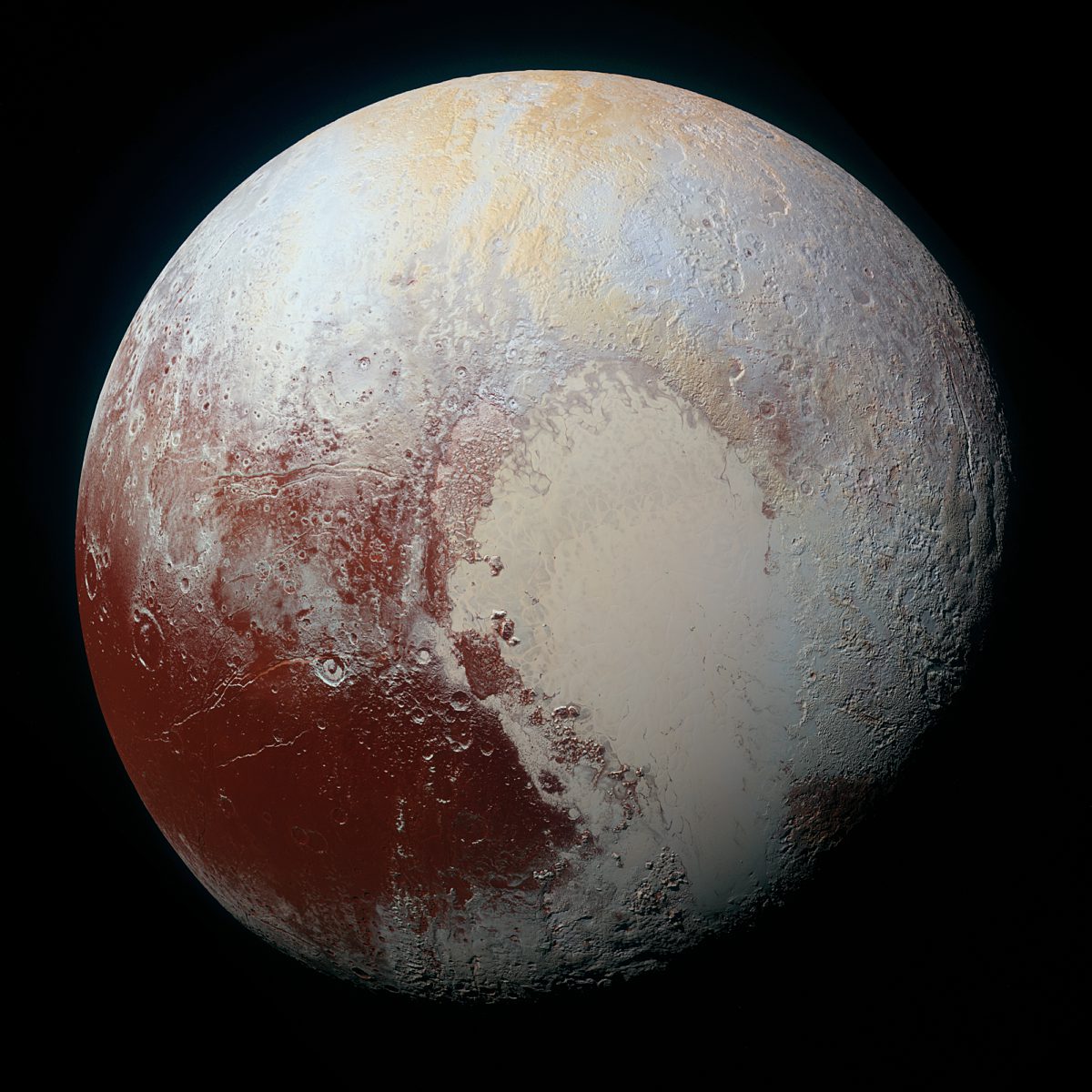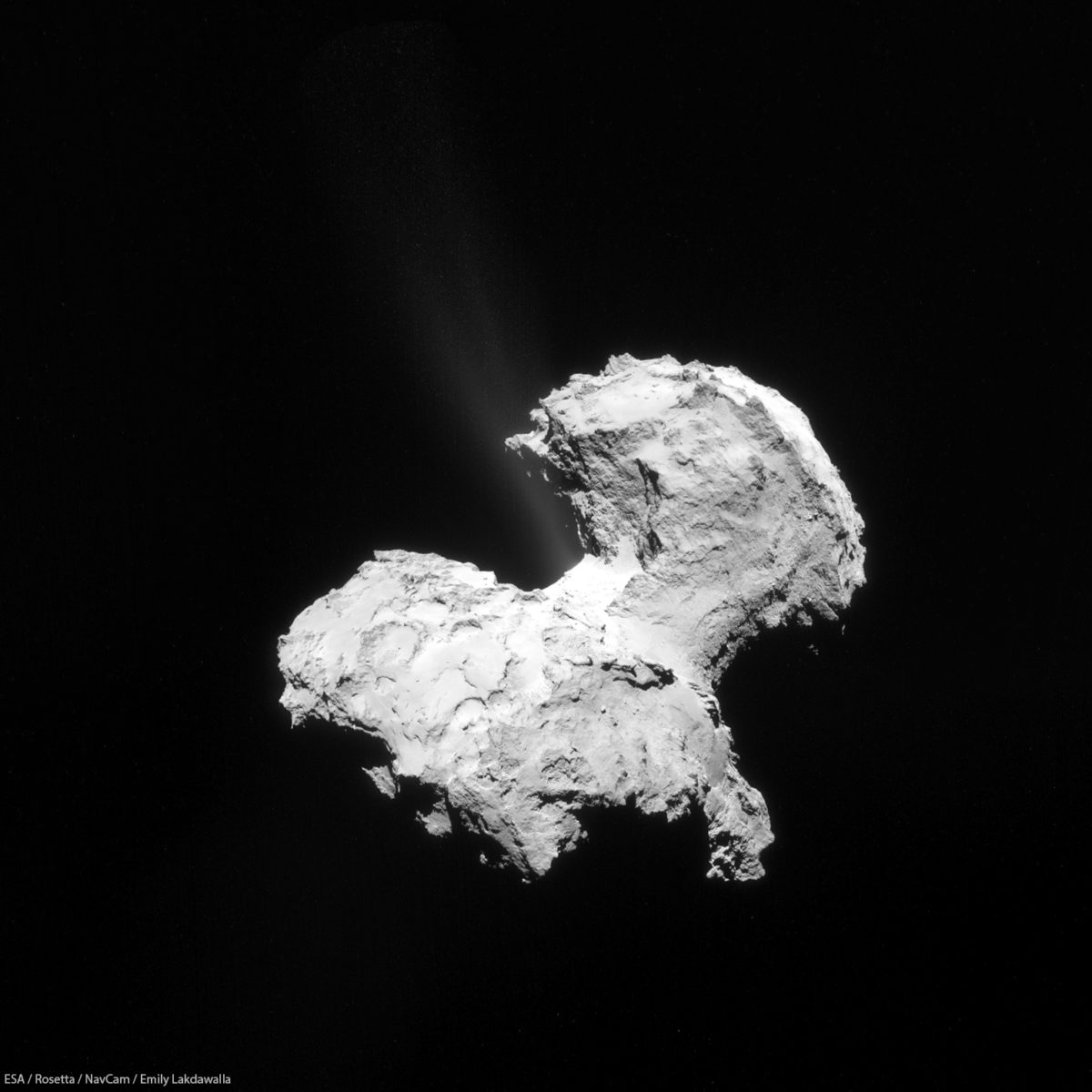All
All
Stories, updates, insights, and original analysis from The Planetary Society.
Favorite Astro Plots #2: Condensation of the solar system
Behold: the story of how our solar system began, in one chart. This is the second installment in a series of planetary scientists' favorite plots. Today's #FaveAstroPlot was suggested by spectroscopist Michael Bramble.
Charon in 3D
Last week, the pile of New Horizons LORRI camera raw image releases included nine frames from a high-resolution mosaic on Charon. Together with the color MVIC view, they make a 3D global photo of Pluto's moon. Other recently released goodies include a global backlit color image of Pluto and the first image that resolves the tiny moon Styx.
How do you pronounce "Ryugu?"
With some help from astronomer Elizabeth Tasker and a group of astronomy graduate students from the University of Hokkaido, I learn how.
Hayabusa2's target asteroid has a name!
JAXA announced today the results of the naming contest for Hayabusa2. The target of the sample-return mission, formerly known as 1999 JU3 and still numbered 162173, is now named 162173 Ryugu.
New Horizons releases new color pictures of Charon, high-resolution lookback photo of Pluto
Now that New Horizons is regularly sending back data, the mission is settling into a routine of releasing a set of captioned images on Thursdays, followed by raw LORRI images on Friday. The Thursday releases give us the opportunity to see lovely color data from the spacecraft's Ralph MVIC instrument. This week, the newly available color data set covered Charon.
Favorite Astro Plots #1: Asteroid orbital parameters
This is the first in a series of posts in which scientists share favorite planetary science plots. For my #FaveAstroPlot, I explain what you can see when you look at how asteroid orbit eccentricity and inclination vary with distance from the Sun.
Dawn Journal: 8 Years in Space
On the 8th anniversary of the launch of the Dawn spacecraft, Chief Engineer and Mission Director Marc Rayman gives his annual summary of Dawn’s progress on its interplanetary travels.
Lose yourself in this high-resolution portrait of Pluto
Enlarge this image to its full 8000-pixel-square glory and lose yourself in it.
Checking in on Uranus and Neptune, September 2015 edition
There are no spacecraft at Uranus or Neptune, and there haven't been for 30 and 25 years, respectively. So we depend on Earth-based astronomers to monitor them, including Damian Peach.
Searching for the Origins of Earth’s Water
Three recently proposed low-cost space missions all aim to answer the same question: Where did Earth's abundant water come from?
Spectacular New Horizons photo of Pluto's hazes and mountains: How it was made
Today, New Horizons released a stunning new image of Pluto's backlit mountains and hazes. I explain how the image was taken with its Ralph Multispectral Visible Imaging Camera.
Roundup of the September 11, 2015 New Horizons raw image release
Last Friday the Internet received its first post-encounter pile of goodies from the New Horizons flyby of the Pluto system.
How the duck got its neck: Rapid temperature changes from self-shadowing may explain 67P's unusual activity and shape
When Rosetta approached comet Churyumov-Gerasimenko last summer, both its shape and its activity were surprising. It looked like two comets welded together at a skinny neck. A new paper explains how the neck may be steepening itself.
Pretty Pictures: Downlink of the Full New Horizons Data Set Has Begun
New Horizons has begun the long process of downlinking all the images it acquired during its July Pluto flyby.
Dawn Ceres image bonanza: Grab your 3D glasses!
For months, Dawn has been steadily, methodically sharing dozens of images of brand-new sights of a previously unexplored icy world. For the last couple of days I've been making up for lost time, completely buried in the Dawn Ceres images, and I have some maps and 3D anaglyphs to share with you.
Aluminum Shapemodel of Comet 67P
Mattias Malmer describes his MacGyver-esque process in creating a homemade aluminum version of 67P/Churyumov–Gerasimenko.
Populating the OSIRIS-REx Science Deck
The assembly of the OSIRIS-REx spacecraft continues, with many elements integrated onto the spacecraft ahead of schedule. Last month both OTES and OVIRS were delivered to Lockheed Martin and installed on the science deck.
New Horizons extended mission target selected
The New Horizons mission has formally selected its next target after Pluto: a tiny, dim, frozen world currently named 2014 MU69. The spacecraft will perform a series of four rocket firings in October and November to angle its trajectory to pass close by 2014 MU69 in early January 2019. In so doing, New Horizons will become the first flyby craft to pass by a target that was not discovered before the spacecraft launched.
Three space fan visualizations of New Horizons' Pluto-Charon flyby
It has been a difficult wait for new New Horizons images, but the wait is almost over; Alan Stern announced at today's Outer Planets Advisory Group meeting that image downlink will resume September 5. In the meantime, a few space fans are making the most of the small amount of data that has been returned to date.
Dawn Journal: Mapping Ceres
More than two centuries after its discovery, Ceres is being mapped in great detail by the Dawn spacecraft. Chief Engineer and Mission Director Marc Rayman gives an update on Dawn's progress.


 Explore Worlds
Explore Worlds Find Life
Find Life Defend Earth
Defend Earth


 Sun
Sun Mercury
Mercury Venus
Venus Earth
Earth Mars
Mars Jupiter
Jupiter Saturn
Saturn Uranus
Uranus Neptune
Neptune Small Bodies
Small Bodies


















